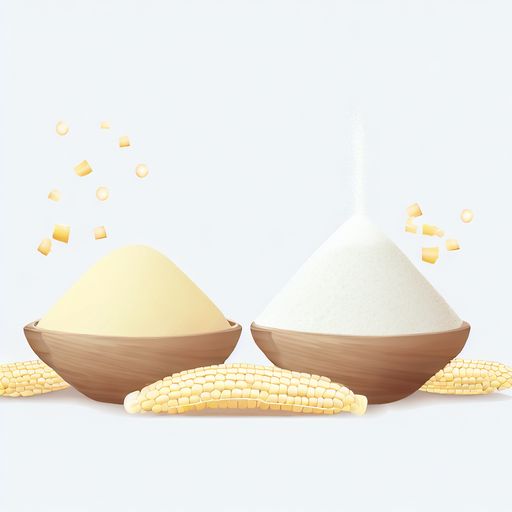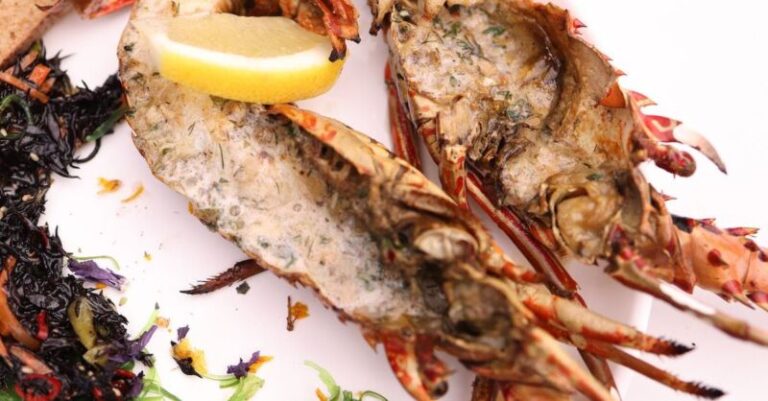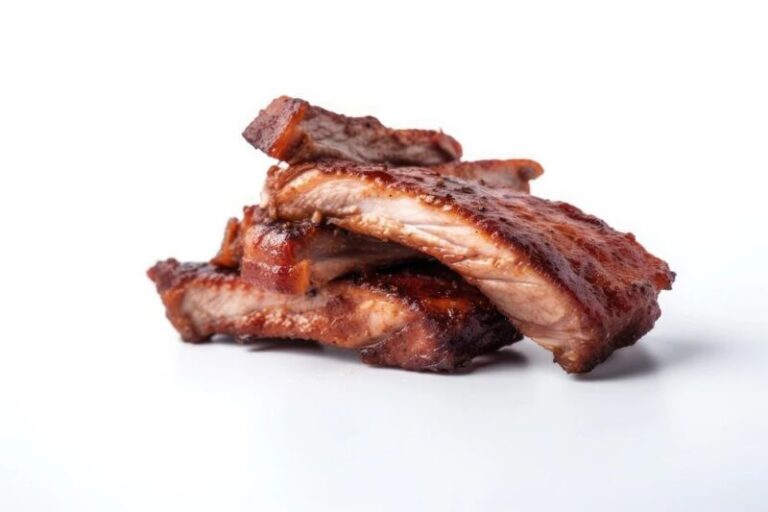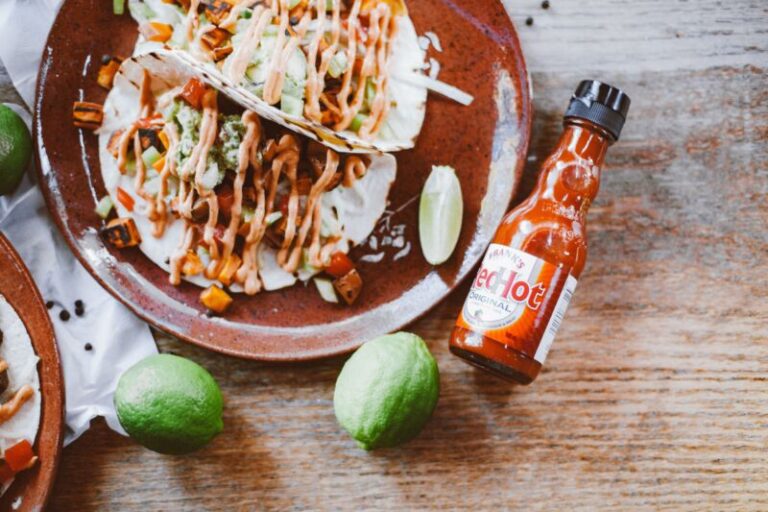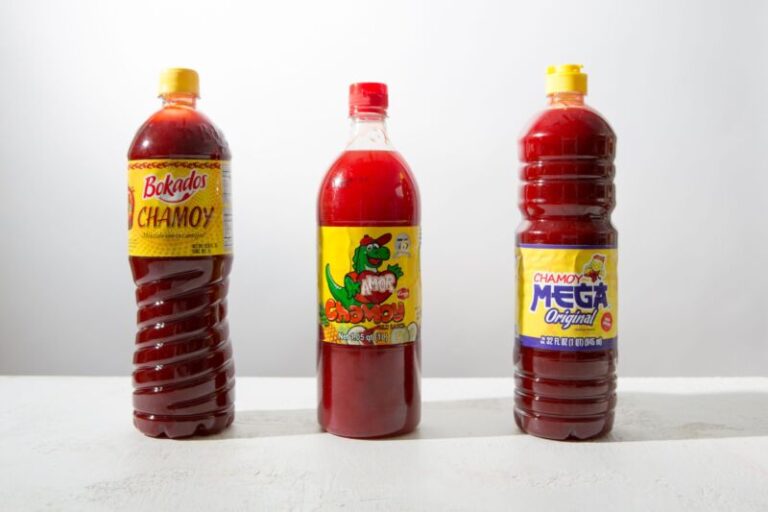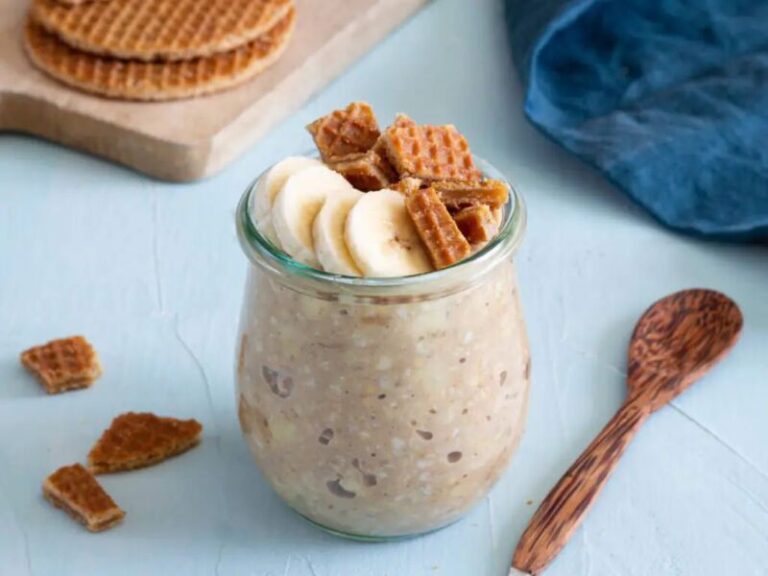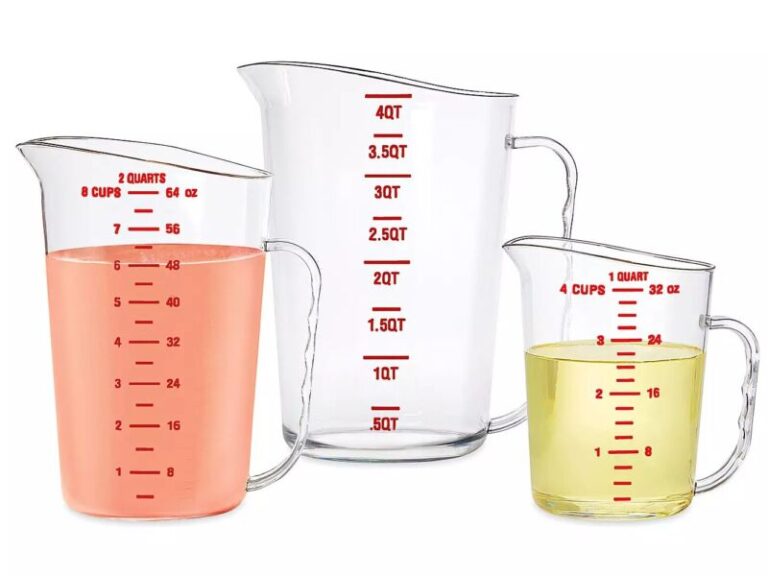Corn Flour vs. Cornstarch: What is the Difference?
As someone who loves to cook and bake, I often find myself confused by the terms corn flour and cornstarch. At first glance, they seem nearly identical – after all, they both come from corn! However, there are some key differences that impact how each ingredient performs in recipes. In this article, I’ll break down exactly what corn flour and cornstarch are, how they differ, and when to use each in your cooking and baking.
What is Corn Flour?
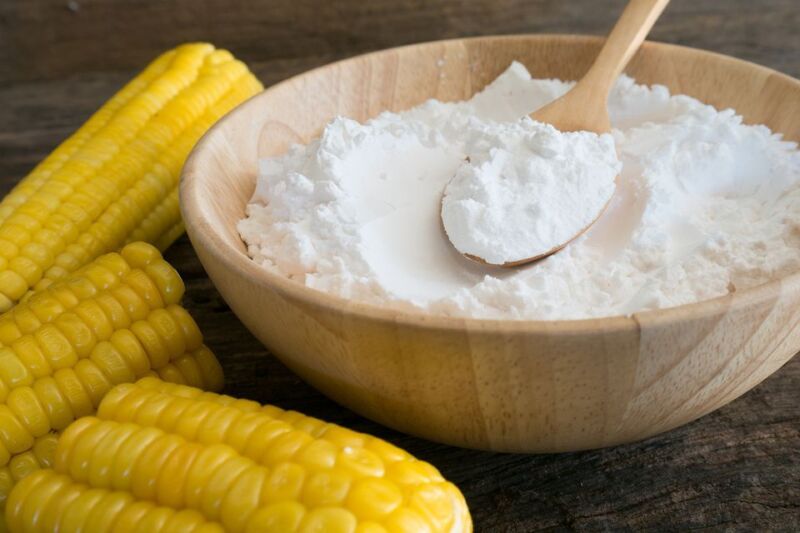
Corn flour is made from whole corn kernels that are dried and ground into a fine powder. To make corn flour, the entire corn kernel is ground up – this includes the germ, endosperm, and bran. As a result, corn flour contains the fiber, protein, vitamins, and minerals inherent in the whole corn kernel. It comes in a variety of colors depending on the corn used, from pale yellow to deep blue or red. The texture of corn flour is smooth and fine.
When cooked, corn flour has a more pronounced corn flavor than cornstarch due to containing the whole corn kernel. The corn germ in particular lends a sweet, nutty taste. Corn flour works beautifully in breads, muffins, and pancakes, providing a hearty texture and rich corn flavor. It can also be used for frying and grilling, adding great flavor and crunch to fried chicken, tempura, or grilled veggies.
What is Cornstarch?

Cornstarch consists purely of the starchy endosperm of the corn kernel. To produce cornstarch, the germ and bran are removed from the corn, leaving behind just the endosperm. As a result, it lacks the fiber, protein, vitamins, and minerals of corn flour. Pure cornstarch is flavorless, white, and powdery. When used in cooking, it adds texture rather than flavor to foods.
The main function of cornstarch is as a thickening agent. Mixed with water, it can be used to thicken gravies, soups, stews, and other liquids. A tiny bit of cornstarch goes a long way in thickening a dish. Because it contains no gluten, it is often used as a substitute for wheat flour in recipes by those with celiac disease or gluten sensitivity.
Similarities Between Corn Flour and Cornstarch
Despite their differences, corn flour and cornstarch do share a few key similarities that are important to keep in mind:
- They are both gluten-free, making them useful alternatives to regular wheat flour for those with celiac disease or gluten intolerance.
- Neither corn flour nor cornstarch contains wheat, nuts, dairy or other major allergens, making them versatile ingredients.
- Both are derived from corn, so they provide that essential corn flavor in different degrees.
Differences Between Corn Flour and Cornstarch
While they share a few attributes, there are some important ways that corn flour and cornstarch differ:
- Texture – Corn flour has a coarse, gritty texture while cornstarch is silky smooth.
- Flavor – Corn flour provides a pronounced corn taste and aroma, while cornstarch has very little flavor.
- Uses – Corn flour is ideal for breading and baking while cornstarch is primarily used to thicken foods.
- Nutrition – Corn flour contains the nutrients of the whole corn kernel, while cornstarch is mostly just starch and lacks nutrients.
- Substitutions – Cornstarch and corn flour cannot be used interchangeably in recipes.
How to Choose: Corn Flour vs. Cornstarch
So when should you use corn flour versus cornstarch in your cooking? Here are a few tips:
- Use corn flour for breadings, batters, baked goods, and anywhere you want a hearty texture and true corn flavor.
- Use cornstarch to thicken sauces, gravies, puddings, and other mixtures without altering flavors.
- Don’t substitute one for the other or your recipe may not turn out right – stick to what is called for!
- For a smooth texture in baking, use 10-25% corn flour blended with other flours like wheat or almond flour.
- To thicken sauces, use 2 teaspoons cornstarch whisked with 1 tablespoon cold water for every 1 cup of liquid.
Labeling Matters with Corn Flour vs. Cornstarch
To make things more confusing, the terminology around corn flour and cornstarch varies around the world:
- In the United States, corn flour refers to the whole ground corn while cornstarch is the refined starch.
- In the United Kingdom, the names are used interchangeably. Always read ingredient labels closely.
- In some other countries, corn flour may refer to masa harina – used for tortillas and tamales.
The key is to read the ingredient label closely to understand exactly what type of product it is, regardless of the name used. When in doubt, look at the protein and fiber content – more indicates whole corn flour, while starch-only is cornstarch.
The Takeaway on Corn Flour and Cornstarch
While it can be a bit confusing sorting out the differences between corn flour and cornstarch, understanding their unique properties allows you to use them properly in recipes. Remember:
- Corn flour: Made from whole corn kernels, adds texture and corn flavor. Use in baked goods.
- Cornstarch: Refined starch, used primarily as a thickener. Use in sauces or gravies.
- Don’t substitute one for the other. Follow recipe instructions carefully.
- Read labels closely looking for fiber and protein content.
With these key points in mind, you’ll be able to master the use of corn flour versus cornstarch in all your favorite recipes. Happy cooking and baking!
